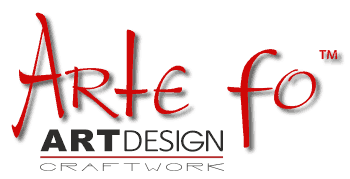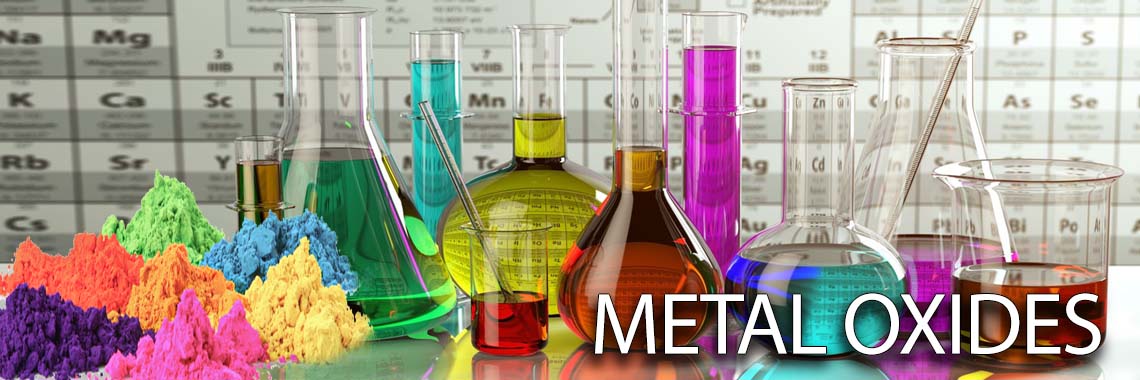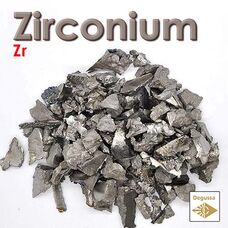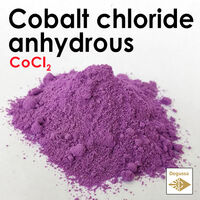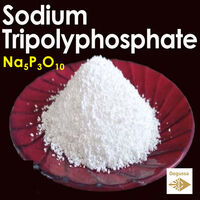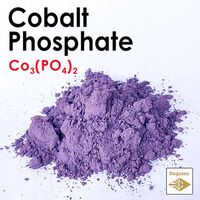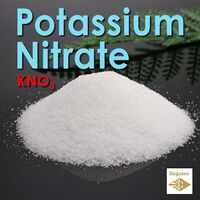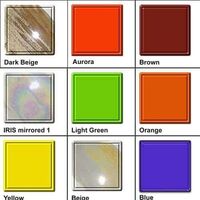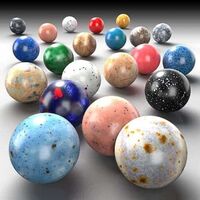Zirconium Metal, 99.999% High Purity Sponge Metal Element Laboratory Materials Experimental Sample
Zr
Zirconium is a chemical element with the symbol Zr and atomic number 40. It is a lustrous, gray-white metal that belongs to the transition metals group. Zirconium has several notable properties, including resistance to corrosion, high melting point, and low neutron absorption. These characteristics make it valuable for various applications.
One of the primary uses of zirconium is in the nuclear industry. Zirconium alloys, such as zircaloy, are commonly used as cladding materials for fuel rods in nuclear reactors. The exceptional corrosion resistance of zirconium allows it to withstand extreme conditions inside a reactor, including high temperatures and the presence of corrosive materials.
Here are some common uses of zirconium element:
Nuclear Industry: Zirconium is primarily used in nuclear reactors due to its low neutron absorption properties. It is a key component in the cladding of fuel rods, which helps contain and protect the nuclear fuel.
Aerospace and Defense: Zirconium alloys are used in aircraft engines and other high-temperature applications. It provides strength, corrosion resistance, and heat resistance, making it suitable for components subjected to extreme conditions.
Chemical Processing: Zirconium is employed in the production of chemicals, especially in corrosive environments. It is used for lining pumps, valves, and pipes that handle highly acidic or alkaline substances.
Medical Implants: Zirconium alloys are biocompatible, meaning they are compatible with living tissue. This property makes zirconium suitable for medical implants, such as artificial joints, dental fixtures, and prosthetic limbs.
Ceramic Industry: Zirconium dioxide (zirconia) is a ceramic material with high hardness and thermal resistance. It is used in manufacturing ceramic products, including dental crowns, cutting tools, and heat-resistant ceramics for furnaces.
Electronics: Zirconium compounds are utilized in electronics, such as capacitors and resistors. Zirconium oxide films are employed as insulating layers in electronic devices.
It's important to note that zirconium should not be confused with cubic zirconia, which is a synthetic gemstone and has different properties and uses.
Formula: Zr
Molecular Weight: 91.22 g/mol
Form: silvery white
CAS Number: 7440-67-7
EC Number: 231-176-9
Density: 6.52 g/cm³
Synonyms: circonio, zirconio, Zirkonium, Zirconium elemental, Zirconium foil, Zirconium rod
Zirconium Element
- Brand: Degussa
- Product Code: Oxide - Zirconium - Zr
- SKU: Zr
- Availability: 222
-
1.99€
Available Options
Related Products
Cobalt Chloride: Pigments, Catalysts, Indicators, and Beyond
CoCl2 Cobalt (II) chloride anhydrous, also known as Cobaltous Chloride, is a beautiful sky blue color. It is genera..
2.99€ 3.99€
Sodium tripolyphosphate - The Advantages in the Manufacture of Ceramics
Na5P3O10 Sodium triphosphate (STP), also sodium tripolyphosphate (STPP), or tripolyphosphate (TPP)) is an inorganic..
0.59€
Cobalt(II) phosphate - Cobalt Violet Cobalt Blue - Vivid and Saturated Colors
Co3(PO4)2 Cobalt phosphate is the inorganic compound with the formula Co3(PO4)2. It is a commercial inorganic..
2.99€
Potassium Nitrate - Unlocking the Potential of Saltpeter: Applications and Benefits of Saltpetre
KNO3 Potassium nitrate, also known as saltpeter, is a chemical compound with the formula KNO3. It is a white, cryst..
0.99€
Tags: oxide
